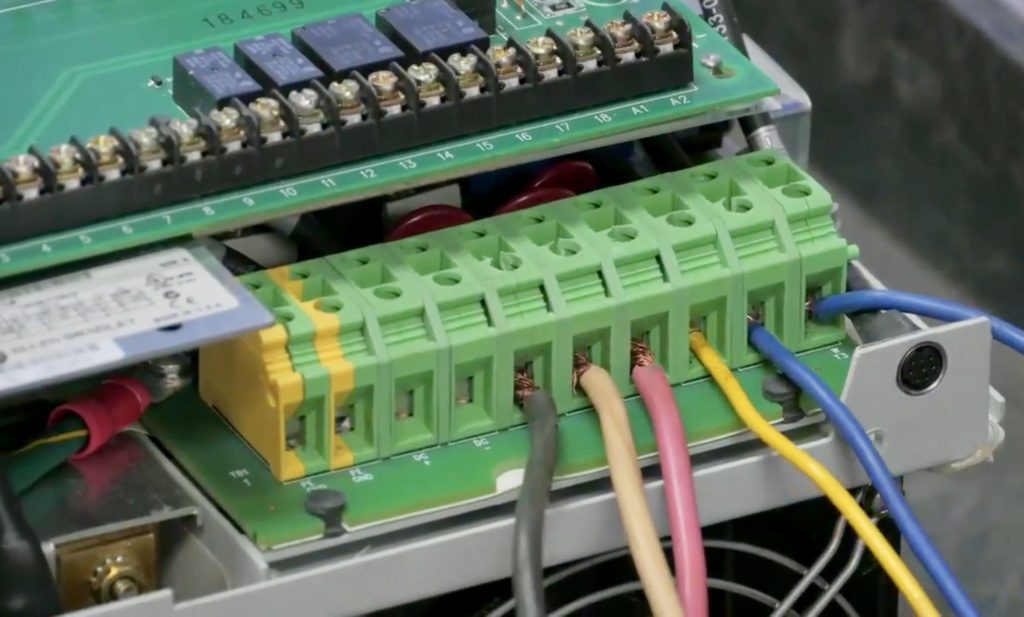In the service center we see a lot of failures and they all have their cause. Failure modes range from environmental factors and age of the device to just plain bad engineering. For now I want to cover the careless mistakes that we see most commonly. These are the ones we see again and again and some simple tips to avoid them.
Too much voltage!
We see this a lot when customers do not check the voltage coming from the supply side before powering up the unit. There’s a great deal of power supplies that have variable voltage and if you apply the wrong one, bad things happen. For example if you have 240 voltage incoming power that is supplying a circuit with 20 ohms of resistance, your amperage would be 12. Usually the circuit would only be designed to handle this amount of current. If you suddenly applied 480 volts, using the same equation, you would now have 24 amps in the circuit which is double the current. In most cases this will leave you with components that have exploded.
Polarity matters!
In a DC or direct current, application knowing your polarity is critical! Unlike AC or alternating current, DC only flows in one direction. If the leads are switched you will have current flowing in the wrong direction. Make sure your positive supply goes to the positive input and your negative supply goes to negative, (cathode and anode). We see this situation a lot when we have customers attempt to replace faulty polarized components, like capacitors, and install them backwards.
Don’t apply input voltage to the output of the terminal!
This one falls under the category of “that seems so simple, none of my guys would EVER do that”. But believe me when I say this is the number one killer of drives and it is a simple mistake to make! On most motor controls the input wires are marked L1, L2 and L3 while the output wires to the motor are marked U, V and W. Since both inputs and outputs have 3 wires, installers in a hurry often make the critical mistake of wiring the input to the output and vice versa. Quick way to smoke a drive!
Do not bundle high voltage and low voltage wires together!
In most situations it is best to take some good pictures of your application wiring before uninstalling any electrical equipment. But in some cases, especially for some of our integrator customers out in the field, it is not always clear how the machine was wired to start with. If you are forced to run those high and low voltage wires in the same place, please separate them. It is best to run them across with 90-degree angle in order to cancel out any electrical noise.
Do not connect the field of a motor to an armature terminal of the DC drive and vice versa!
Confusing the armature and field terminals is a common mistake we see when a customer hooks up a DC drive, when it happens the results are damage to the motor.
This happens because the field voltage of the DC drive is applied to the armature of the motor while the field of the DC motor has not received any voltage. The motor shaft will then turn extremely fast and may end up broken or worse, broken metal will fly everywhere.
Well there you have it. I hope these tips are helpful and will result in a reduction of some of the simpler mistakes that our customers fall victim to. But if the equipment does go boom, we will always be here to get you up and running!
Please share your comments or questions with us below and be sure to visit www.gesrepair.com or call us at 1-877-249-1701 to learn more about our repair services. We’re proud to offer Complete Repair and Maintenance on all types of Industrial Electronics, Servo Motors, AC and DC Motors, Hydraulics and Pneumatics. Please subscribe to our YouTube page, Like Us on Facebook! Thank you!

Always make sure the input is fused.
Good advice!